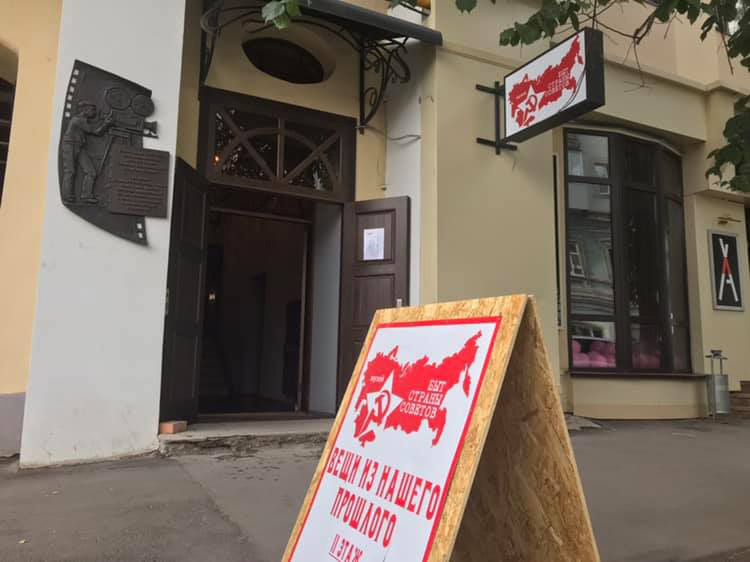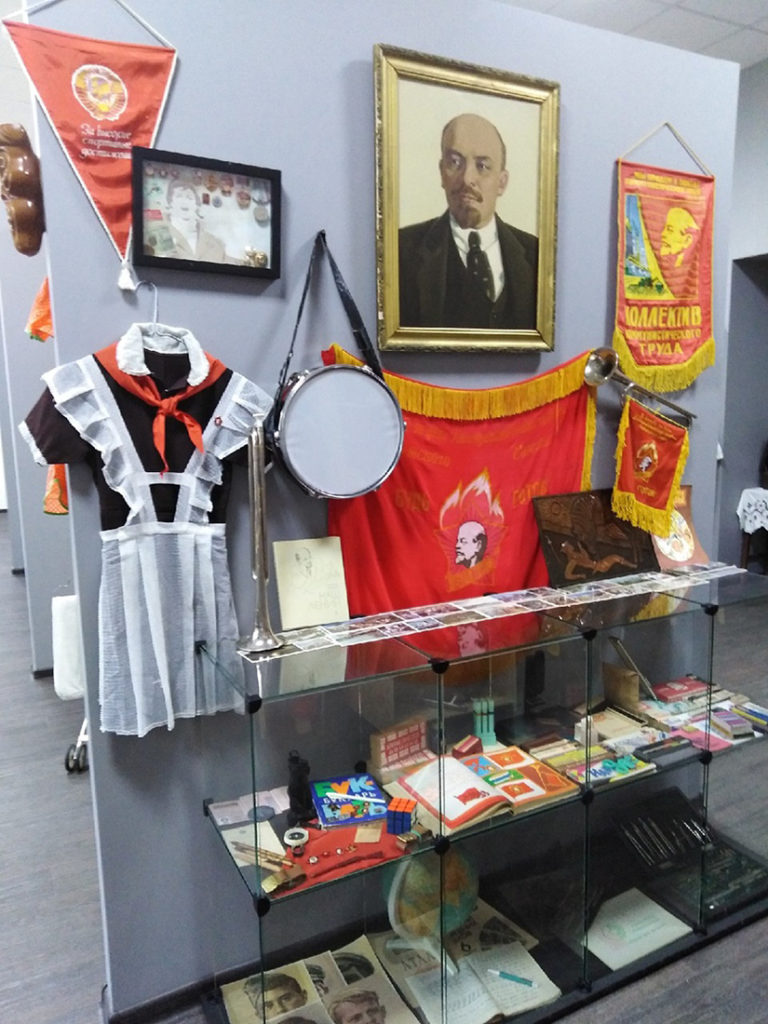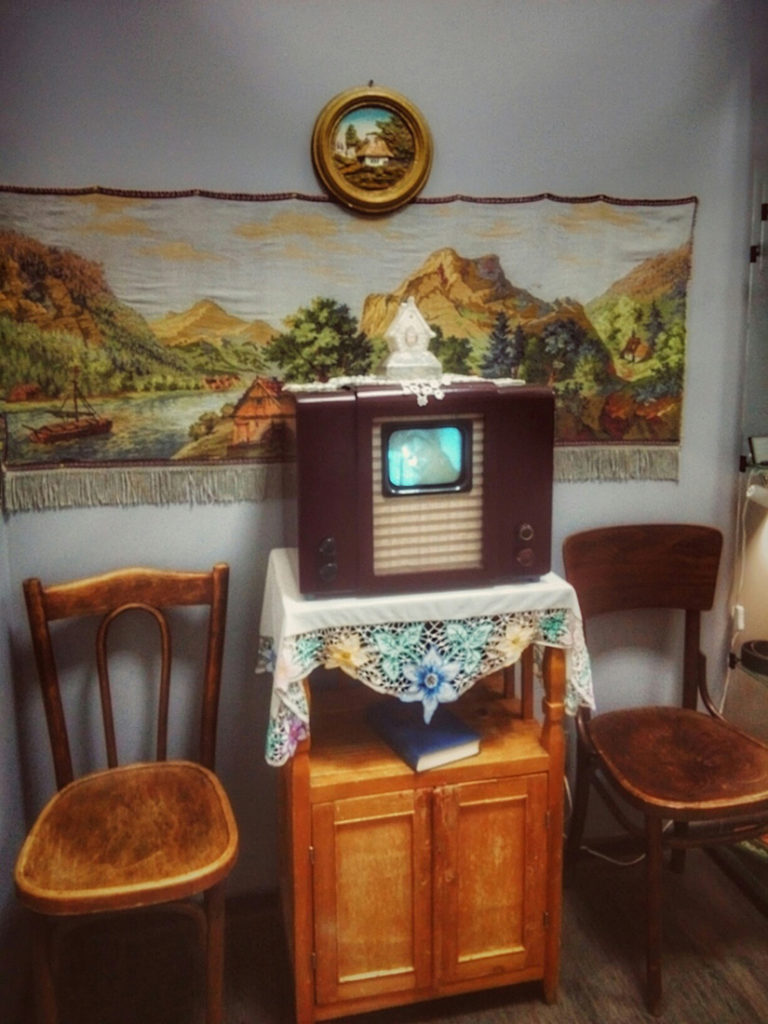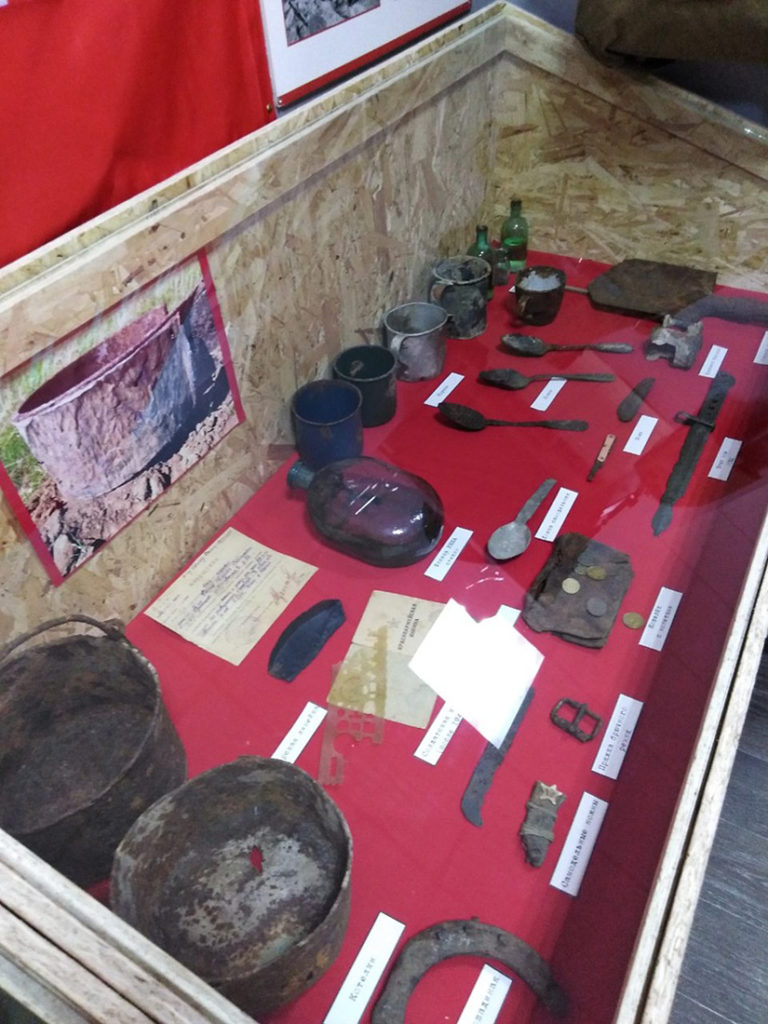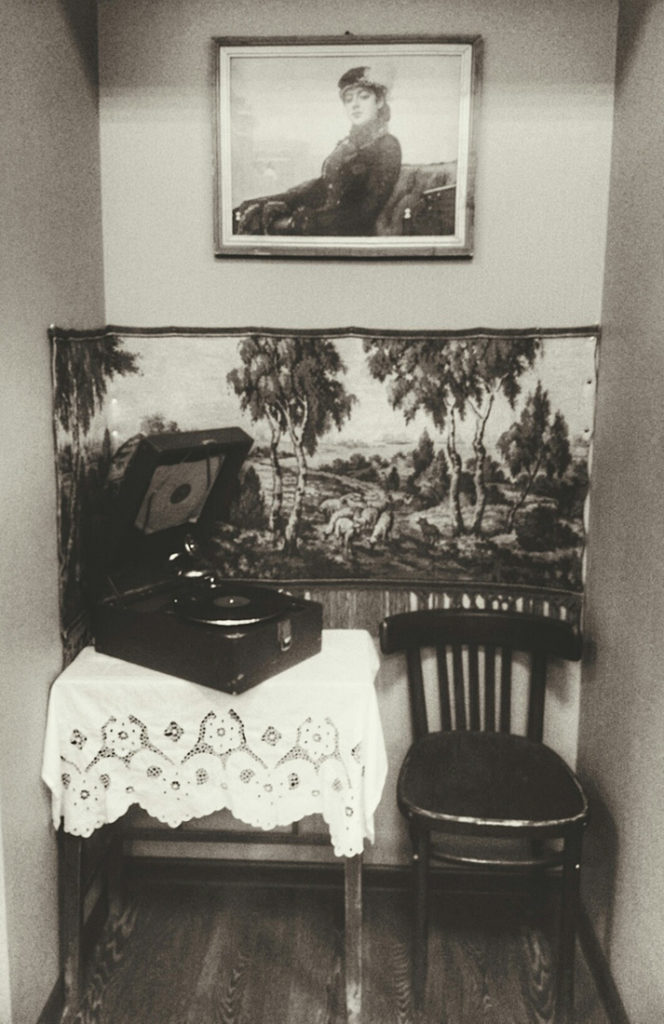The Soviet Way of Life Museum
Samara region
Contact information
Operating hours
Tuesday – Sunday, 11:00 – 19:00; closed on Mondays
Ticket price
Adult – 200 rubles
Children – 150 rubles
Children under 7 years old – free
Group tours for school students starting from 400 rubles
Owner, Director of the Museum
Alexander Nikolaevich Chikov
Founded
2019
The creator of the museum is Alexander Chikov, head of the Samara search unit “The Reserve Capital”. His hobby is to collect and restore things from the Soviet era. The collection contains objects that he and his family used to use. Other exhibits were presented by friends. Chikov bought a lot of items, some of them were bought at flea markets, and some were found on the streets. For several years these goods were stored on the balcony and in the garage. Alexander did not know what to do with his collection until he visited the Museum of Socialist Life in Kazan and decided to adopt the idea. The museum presents things and stories from the Soviet past. For adults, they evoke memories of bright childhood; for young people, they tell in detail about the lives of their parents and grandparents. The museum conducts individual and group tours, and various events.
The exhibition opens with household items and armaments of Soviet soldiers found on the battlefields of the Great Patriotic War in the Volgograd and Tver regions, by the searchers of the Samara search unit “The Reserve Capital”. Next to it, there are things that belonged to the soldiers of the fascist army. The museum emphasizes that our army won, despite the fact that it was equipped worse than the enemy. A separate stand is dedicated to the pilot Ivan Cherkassky, whose remains were discovered in 2016 at the construction site of the “Southern City”. Fragments of the I/1-2 attack aircraft, on which the pilot flew at the end of 1942, are also presented.
The exhibition dedicated to post-war time is also full of unique exhibits. For example, there is a working TV set “KVN-49” and it shows films from those years; the TV comes with an enlarging lens for the screen, which was filled with glycerin or distilled water. You can also listen to records on the gramophone. Few have seen this player and, moreover, heard its sounds live. The museum contains Soviet toys such as iron cars, trains, dolls, and rocking horses. Adults easily recognize those which they played with in childhood. Simply everything is there: office supplies, badges, postcards, sweets wrappers, cameras, tape recorders, kitchen utensils, clothing, perfumes, typewriters, food stamps, restaurant menus, and theater programs. Visitors come back and make donation gifts to the museum, which then take their places in the exposition.
